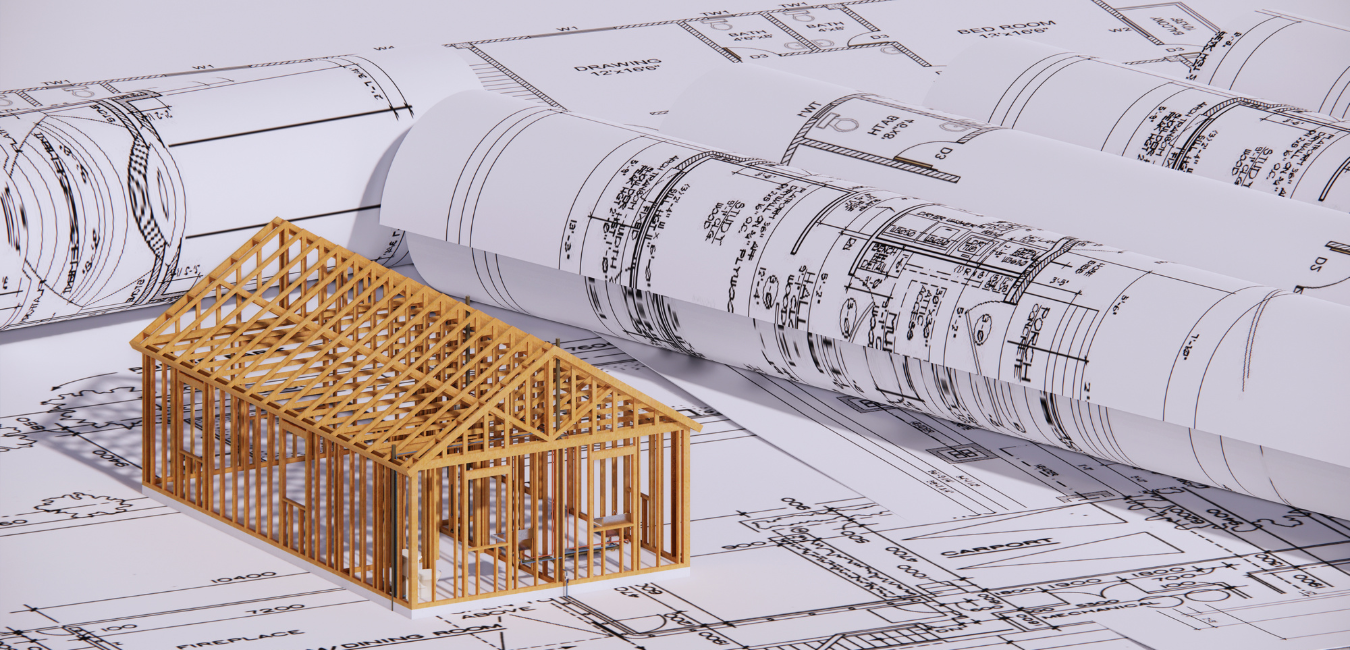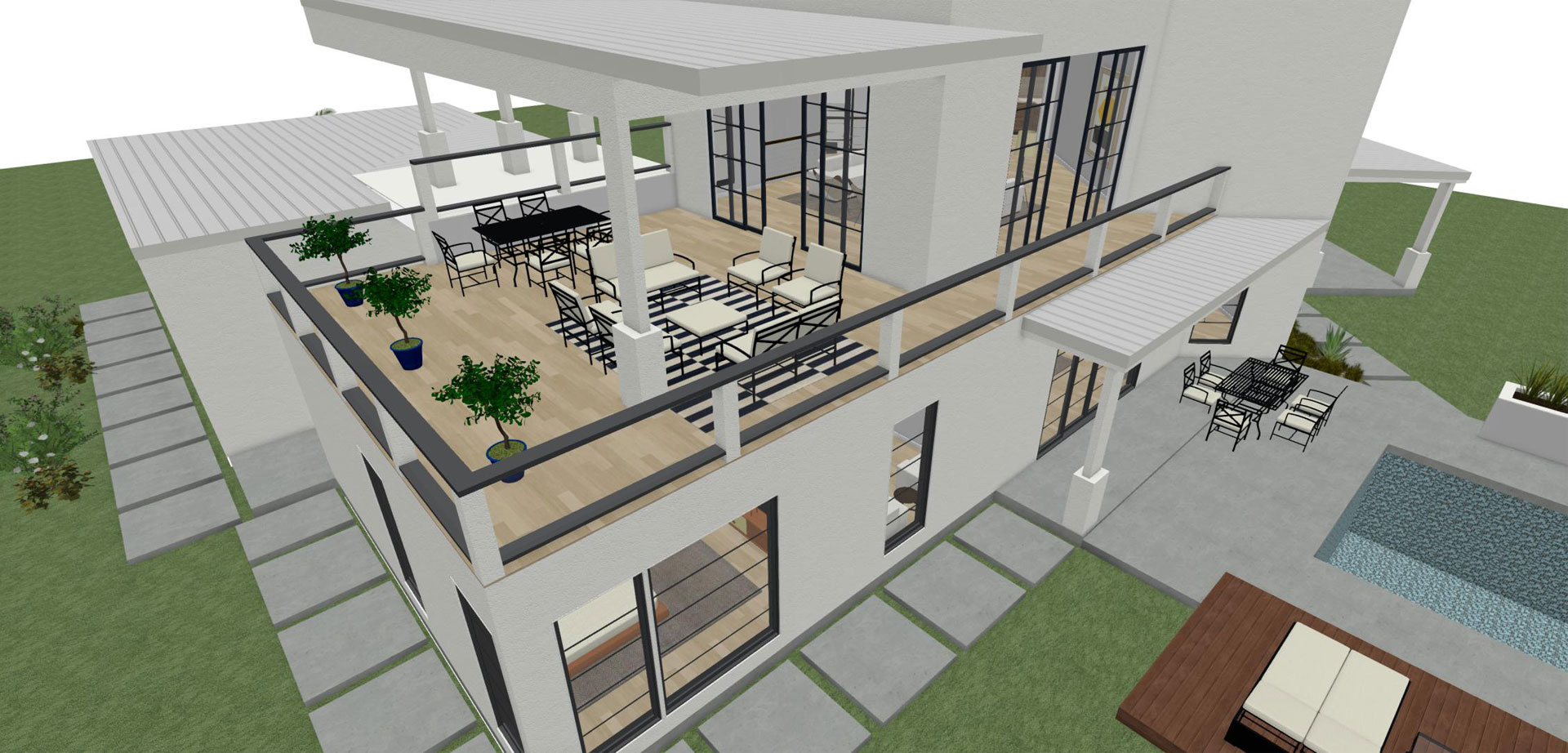The Creative Process Behind Effective Jobs from CDA Architects
The Creative Process Behind Effective Jobs from CDA Architects
Blog Article
The Effect of Technical Improvements on the Design Practices of Contemporary Architects
The quick evolution of technological tools has dramatically reshaped the design landscape for modern designers, fostering unprecedented degrees of innovation and sustainability. Exploring these dynamics exposes a nuanced interaction in between modern technology and typical style methodologies, triggering a more detailed evaluation of what the future holds for building practices.
Advancement of Architectural Equipment
Exactly how have building tools transformed the style and building and construction processes over the centuries? The advancement of building tools has significantly impacted the efficiency, precision, and imagination of style and building.
With the development of the Renaissance, the intro of the compass and the protractor marked an essential shift. These devices enabled designers to attain greater accuracy in their layouts, facilitating the emergence of more elaborate and proportionate structures. The Industrial Change even more transformed architectural exercise with the introduction of mechanical tools and materials, enabling larger and more ambitious jobs.
In the 20th century, the growth of computer-aided layout (CAD) software transformed the landscape as soon as again, offering designers with unmatched abilities in modeling and visualization. Today, progressed tools such as Structure Details Modeling (BIM) and parametric design software program proceed to press the boundaries of architectural innovation, enabling a more incorporated method to design and building processes.
Enhanced Collaboration in Layout
As technology remains to advance, enhanced partnership in style has come to be a foundation of contemporary building method. The combination of electronic devices such as Building Info Modeling (BIM), cloud-based platforms, and progressed visualization software program has actually transformed the way designers, engineers, and stakeholders connect throughout the design process. These devices promote real-time communication, enabling teams to share ideas, adjustments, and responses quickly, regardless of geographical location.

Additionally, interdisciplinary cooperation has actually been streamlined through these technical innovations, making it possible for architects to function more very closely with other experts, such as metropolitan coordinators and environmental experts. The outcome is a more cohesive strategy to develop that thinks about numerous point of views and knowledge. Inevitably, enhanced partnership in style is not merely a pattern; it is important for developing cutting-edge, useful, and visually pleasing architecture in a significantly complicated globe.
Sustainability With Modern Technology
Sustainability in architecture has actually increasingly become linked with technical development, driving the sector toward ecologically liable practices - cda architects. Contemporary architects are leveraging sophisticated modern technologies to minimize ecological effect while enhancing the performance of structures. One prominent instance is the usage of Building Info Modeling (BIM), which permits accurate preparation and source allotment, decreasing waste throughout building and construction and advertising power efficiency throughout a building's lifecycle
In addition, clever products and energy-efficient systems are being incorporated right into styles to enhance source usage. Technologies such as solar batteries and environment-friendly roof harness renewable resource resources, adding to lowered carbon footprints. In addition, the application of expert system in layout procedures makes it possible for engineers to mimic and analyze power usage, assisting decisions towards more lasting outcomes.
The assimilation of sustainable innovations not just lines up with global look here ecological objectives however also fulfills an increasing demand from consumers for environmentally friendly options. As engineers embrace these innovations, the focus moves towards producing rooms that are not just visually pleasing yet likewise functionally lasting, thus redefining the requirements of modern style. By doing this, technology functions as a stimulant for sustainability, enabling engineers to develop structures that respect and improve the all-natural environment.
Obstacles in Implementation
While technical developments in architecture hold terrific pledge for boosting sustainability, their application often encounters substantial challenges - cda architects. One key barrier is the steep knowing websites contour connected with new technologies. Designers and construction specialists might require comprehensive training to successfully make use of innovative software program and devices, which can delay project timelines and raise prices
Additionally, the assimilation of emerging technologies, such as Building Information Modeling (BIM) and lasting materials, frequently demands cooperation throughout multidisciplinary groups. This cooperation can be prevented by distinctions in expertise, workflows, and interaction designs, leading to possible disputes and inefficiencies.
Financial restrictions better make complex the fostering of ingenious modern technologies. Lots of architectural companies, specifically smaller sized ones, may do not have the sources to purchase innovative devices, restricting their ability to take on bigger companies that can afford such investments.
Additionally, regulative structures and building ordinance may not equal technological improvements, developing uncertainty and possible compliance issues. This challenge can prevent engineers from fully accepting brand-new modern technologies, as the threat of non-compliance may surpass the advantages. Addressing these application challenges is vital for the successful assimilation of technological developments in modern building techniques.
Future Patterns in Architecture
The challenges related to the application of new modern technologies in architecture have actually prompted a reevaluation of future patterns within the industry. As designers browse issues such as sustainability, urbanization, and social equity, they are increasingly embracing cutting-edge innovations to boost style efficiency and environmental performance.
One prominent trend is the assimilation of expert system (AI) in the style procedure. AI tools can assess huge datasets to inform design decisions, enhancing both imagination and capability. Structure Info Modeling (BIM) proceeds to evolve, enabling real-time cooperation among stakeholders and promoting streamlined job administration.
Lasting design methods are likewise getting energy, with designers concentrating on adaptive reuse and regenerative layout concepts that decrease source intake and waste. The consolidation of clever materials and eco-friendly power resources will even more he said improve the resilience of structures when faced with climate adjustment.

Conclusion
Technical developments have actually significantly reshaped building layout techniques, helping with improved precision, partnership, and sustainability. The combination of tools such as Structure Information Modeling and parametric design software, alongside artificial intelligence and smart products, encourages designers to deal with complicated difficulties more effectively.
Report this page